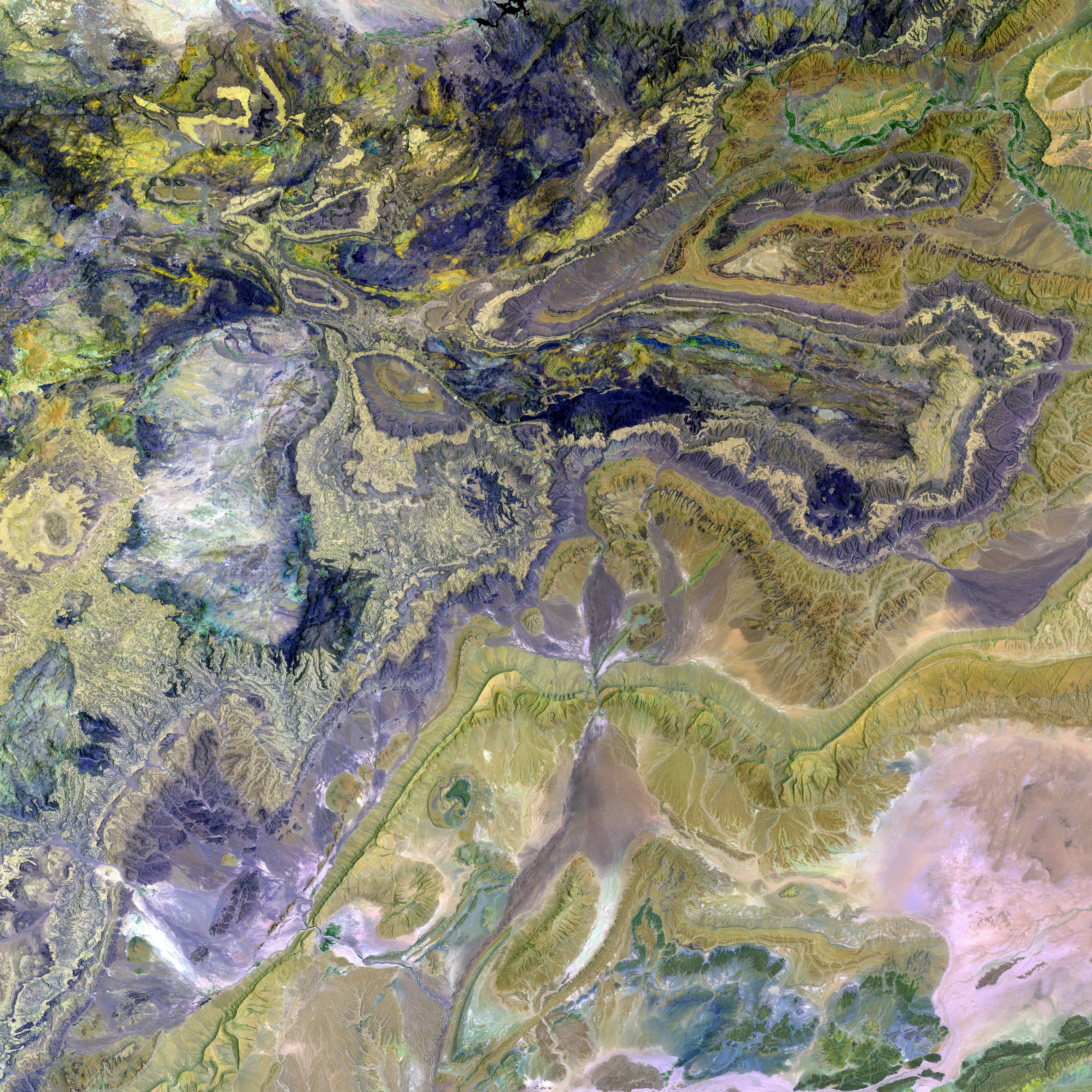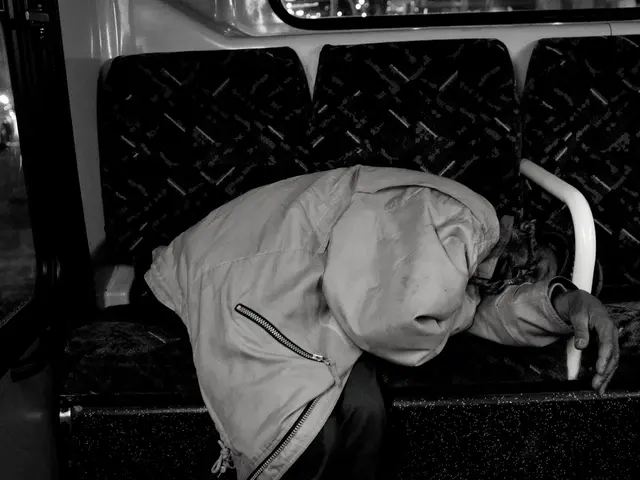Safeguarding Minors from Exposure to Adult Content: Guide and Tips
In a laid-back, straightforward manner, let's address a topic that might leave you uncomfortable, but it's essential we talk about: the reality of children and teenagers' exposure to pornography.
For years, parents had hoped their kids—particularly those under 10—would remain sheltered from explicit content on the internet. But, as social scientist Michael Flood from Queensland University of Technology in Australia explains, that's a misconception. Most children will encounter pornography at younger ages than parents expect.
In fact, Flood reports that the average age children first view pornography is around 12. A jarring 15% of youngsters see it before they turn ten. This shift from naive assumptions to reality is crucial, since parental underestimation of their child's exposure to pornography is widespread.
So, what exactly are children watching? Not softcore porn, as many parents assume. Today's pornography frequently portrays misogyny and violence, with men being cruel to women, verbal or physical abuse, or strangulation, slapping, or choking. Such content sets unhealthy expectations for children's thoughts about intimacy and relationships, significantly impacting their learning about consent and respect.
Researchers have begun to understand the adverse effects of early exposure to pornography on children's health and development. Beyond altering their understanding of healthy relationships, it can also perpetuate problematic use of pornography later in life. For young children, explicit content can be quite upsetting, shocking, and jarring. They might even find it traumatic, causing permanent emotional and psychological damage.
But there's hope. Parents can take action to protect their children by blocking explicit content using their routers, adding filters to cellular devices, and monitoring their kids' activities extensively. Remember, simply turning on filters isn't enough; parents must stay vigilant and engaged with their children's online activities.
Lastly, educate your kids about what to do when they encounter upsetting or inappropriate content. Teach them to "put it down and tell someone," so they know who to confide in and how to handle such situations. Make sure they understand that it's okay to have questions and feelings of discomfort, and that you'll be there to support and guide them through it.
Staying informed and being proactive can help keep your children safe and healthy in today's digital world. After all, knowledge is power.
- Despite parents' hopes, most children encounter pornography at younger ages than expected, with the average age being around 12 and 15% seeing it before they turn ten.
- The content children often encounter is not the softcore porn parents might assume, but rather pornography that frequently portrays misogyny and violence.
- Exposure to such content at a young age can significantly impact children's understanding of healthy relationships and consent, as well as set unhealthy expectations for intimacy and respect.
- Research has shown that early exposure to pornography can have adverse effects on children's health and development, potentially causing permanent emotional and psychological damage.
- To protect their children, parents can use technology like routers and filters, monitor their kids' online activities extensively, and educate them about what to do when they encounter upsetting or inappropriate content.
- An important part of parenting in the digital age is to address the reality of children's exposure to pornography and to be proactive in providing protections for their mental, sexual, family, and overall health and wellness.
- By staying informed and engaged, parents can empower themselves and their children to navigating the complexities of the digital world in a healthy and safe manner.










